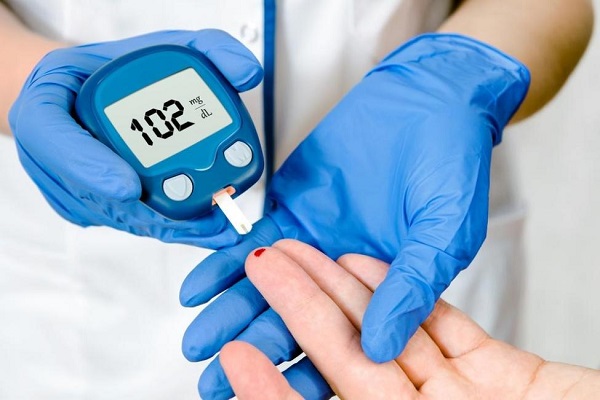A type 2 diabetes mellitus patient was successfully treated by autologous bone marrow-derived stem cell transplantation: A case report
DOI:
https://doi.org/10.15419/bmrat.v6i1.516Keywords:
Autologous stem cell treatment, Bone marrow, Stem cell transplantation, Stem cells, Type 2 diabetes mellitusAbstract
Introduction: Type 2 diabetes mellitus (T2DM) iscurrently one of the most common diseases as a result of obesity and aging. Currently, T2DMis treated by various methods, such as insulin injection and glucose regulation agents. In this report, we report the case of a T2DM patient who was successfully treated by autologous bone marrow-derived stem cell transplantation.
Methods: The patient was diagnosed with T2DM by standard methods for more than ten years. The patient agreed to be treated by the new approach – autologous bone marrow-derived stem cell transplantation. The bone marrow was collected from the patient twice at 100 mL volume each time. The stem cellenriched mononuclear cells (MNCs) in the bone marrow were isolated by gradient centrifugation. MNCs were intravenously transfused into the patient twice within the 1-month interval. The lasting glucose and 2h-after meal glucose, as well as hemoglobin A1c (Hab1c), were recorded before transplantation, and 1-, 3-, and 6-months post-transplantation.
Results: The results showed that there were no adverse effect recorded during the monitoring period, and that the T2DM symptoms significantly improved. After the first round of transplantation, the glucose level reduced considerably and continued to decrease out to 3 months. Meanwhile, after 2 months of transplantation, the Hab1C level decreased and achieved the average level at the 3rd month of treatment. After 6 months, the patient was free from insulin injection and maintained glucose and Hab1c level. To date, after 9 months of treatment; the patients has continued to be free from insulin injection and without any adverse effects.
Conclusion: The primary results have suggested that autologous bone marrow-derived stem cell transplantation may be a new direction for T2DM treatment.

Downloads
Published
Issue
Section
License
Copyright The Author(s) 2017. This article is published with open access by BioMedPress. This article is distributed under the terms of the Creative Commons Attribution License (CC-BY 4.0) which permits any use, distribution, and reproduction in any medium, provided the original author(s) and the source are credited.
